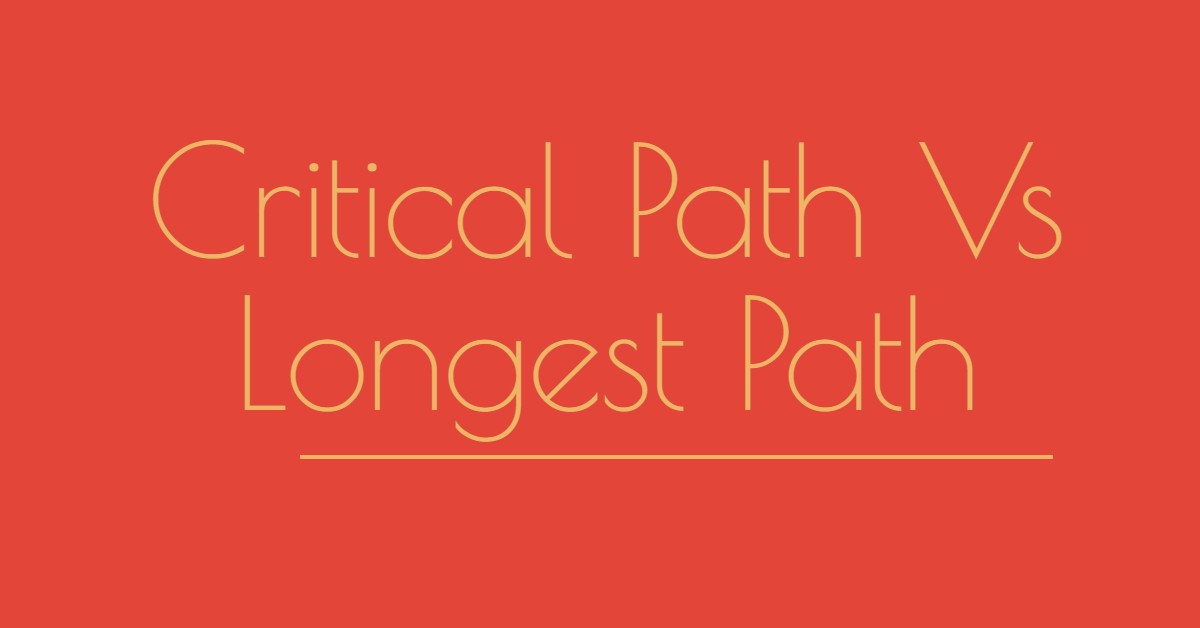The terms Critical Path and Longest Path are sometimes used interchangeably when discussing your project’s super-high-priority sequence of work to complete on time. Many people find it confusing. And there are also intense arguments over the differences.
The good news is that there is an essential distinction between your project’s Critical Path and the Longest Path, which we will explain to you below.
What is a project’s Critical Path?
The critical path method, also known as critical path analysis, is an algorithm used to schedule a set of project activities. A critical path is found by identifying the longest network of dependent activities and measuring the time required to complete them from start to finish. “Wikipedia“
How many critical paths can a project have?
Well, the above definition of Critical Path is correct, but only in extremely specific conditions. When is it true?
A. No Project Deadline
When we establish a deadline for our project (i.e., a Must Finish By date in Primavera P6), it appears as negative Total Float if you are late and positive float if you are early. Thus, the path of 0-float activities vanishes.
B. No Constraints
Constraints affect an activity’s Total Float value. Constrained actions could result in negative Total Float and pass it on to their successors or predecessors. Applying constraints across a project will impact which activities are Critical. So, once again, you are unable to find the path of 0-total float through the project.
C. No Actuals
A project with actuals might not have a path of 0-float either. Actuals and execution order might also have an impact on Total Float for activities.
So it appears that the age-old “path of 0 Total Float” definition does not apply in our complex project environments.
And if you do a little digging online, you’ll discover that our efforts to clarify the concept of “Critical Path” have resulted in various new approaches to define the term “Critical” for a project. When you search, you will most likely come across terms such as:
- Criticality
- Critical Chain
- Near-Critical
- Critical Risk
What your project’s Critical Path will be relies on how you define “Critical” and which activities you consider “Critical.” You may have activities that you consider “critical” regardless of what the software says about their Total Float numbers. You may have activities with a positive Total Float but that the client considers Critical. You may wish to track a specific sequence of activities during a project. This is known as real-world project controls.
What is a project’s Longest Path?
The Longest Path is the path through a project network from start to completion with the longest Total Duration of any path.
Focusing on a project’s Longest Path makes sense because deviations from plan will undoubtedly affect the project’s finish date.
Bottom Line
The Longest Path is a Critical Path, but not all Critical Paths are the Longest.
Because we can change the Critical Path using constraints, actuals, deadlines, and other methods, we frequently end up with a path that has more Critical activities than the Longest Path.
If you start with a baseline schedule with no actuals, deadlines, or constraints and apply CPM scheduling to it, the path with 0 Total Float will be the longest. When you total up the durations of all activities in the 0-float path, you get the longest Total Duration.

 My Account
My Account 
